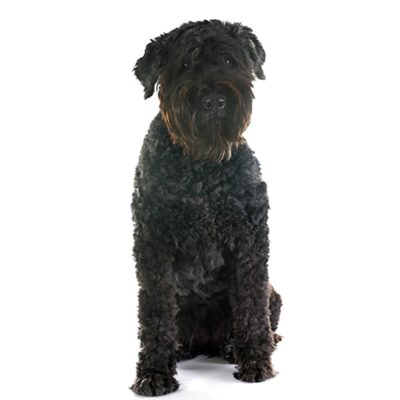Bouvier Des Flandres
Group 5: Working
Height:
Male: 62 – 68 cm
Female: 59 – 65 cm
Weight:
Male: 35 – 40 kg
Female: 27 – 35 kg
Energy Level: Moderate – High
Original Function: Herding, guarding
Lifespan: 9 – 15 yrs
Recommended for: Active people & families.
Note: Not many in Australia

